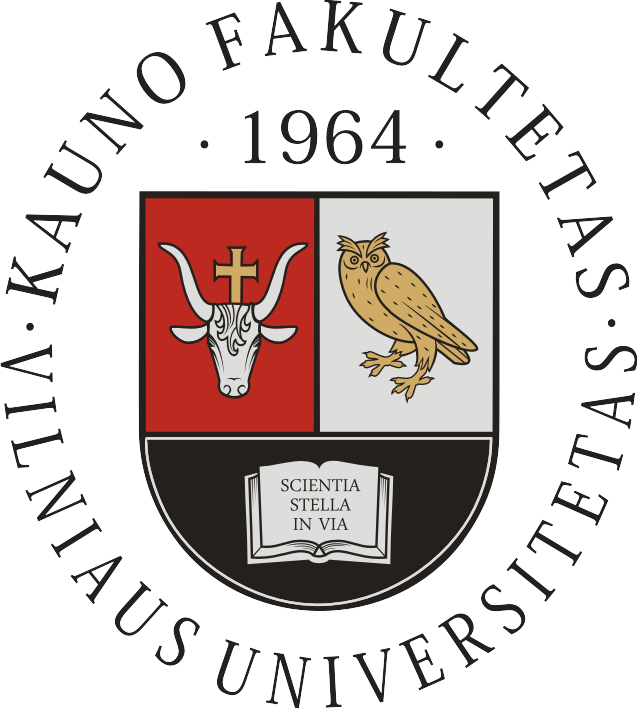Transformations in
Business & Economics
- © Vilnius University, 2002-2007
- © Brno University of Technology, 2002-2007
- © University of Latvia, 2002-2007
Article
Woman’s Role in Post-Modern Lithuanian Society
Virginija Jurėnienė
ABSTRACT. Women comprise more than a half of Lithuania’s population. It is one of the most numerous social groups whose comparative weight in the overall population is gradually growing: in 1989 women comprised 52.7% of the population, in 2000 this indicator approached 52.9% and in 2004 women comprised 53%.
By the initiative of women organizations and movements in 1993 the Republic of Lithuania joined UNO Convention 1979 on the abolition of women and all discrimination forms. After the 4th World Conference on women issues Women advancement programmer was created in Lithuania as well. In November 1996 the government approved of this programmer. Lithuania is one among the first East and Central European countries in which a position of a state counsellor on women issues was established in 1994, there are such positions in the Ministry of Social Security and Labour and the Department of Statistics. One of the greatest achievements in the law protecting woman is the law on Equal Opportunities of Women and Men which was passed in the Seimas on December 1, 1998. The significance of the law consists in that that it defines discrimination of gender and prohibits it, regulates relations in the spheres of labour and education. After Lithuania’s entrance into the European Union a situation in labour market and the sphere of payment is changing.
Nevertheless, women’s payment is smaller in comparison with that of men; though the percentage of unemployed men and women is alike (there were 11% of unemployed men and 11.8% of women in the year 2004).
The potentiality of women is not availed in labour market because in Lithuania partial employment is not still widespread. A stereotyped role of a man as that of a ”breadwinner”, however, and of a woman as that of a “housewife” is still present in our society.
A sphere in which women in Lithuania and Eastern and Central Europe have achieved considerable results is education. Yet allocation of men and women with regard to positions is obviously uneven. Though absolute majority of teachers are women, but there are 63.5% of men who occupy the position of a secondary school principal. Despite women’s higher education, men climb the career ladder faster, occupy higher positions and get higher salaries. Women do not earn more than men in any sphere of economic activity.
KEYWORDS: gender inequality, women’s movement, women unemployment, discrimination, labour market, education, Lithuania.
JEL classification: J10, B54, E24, J16, P2.

